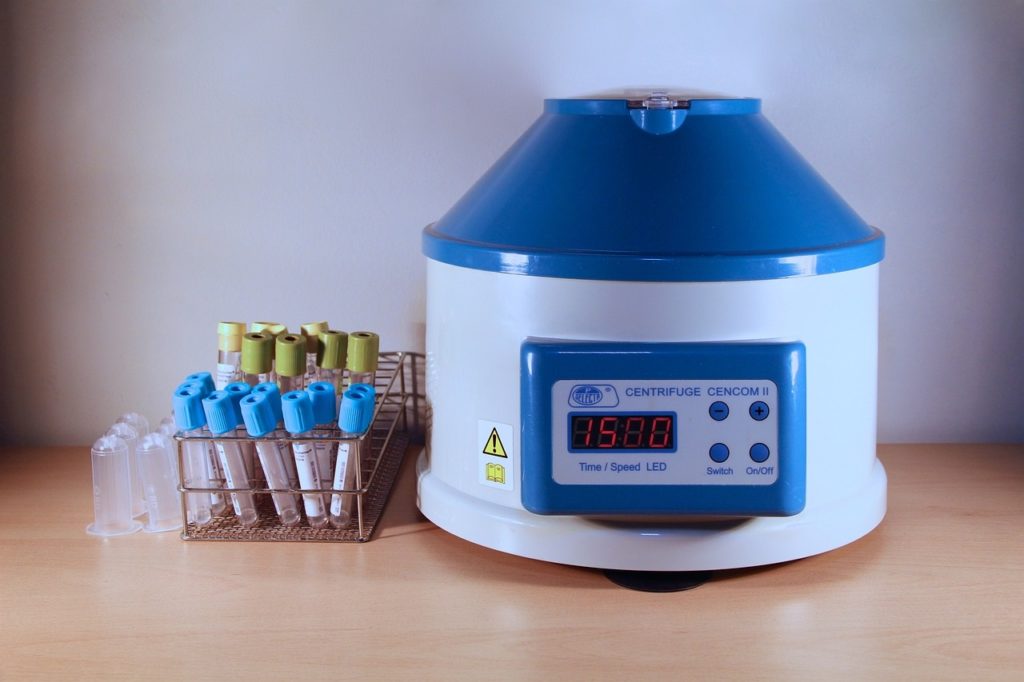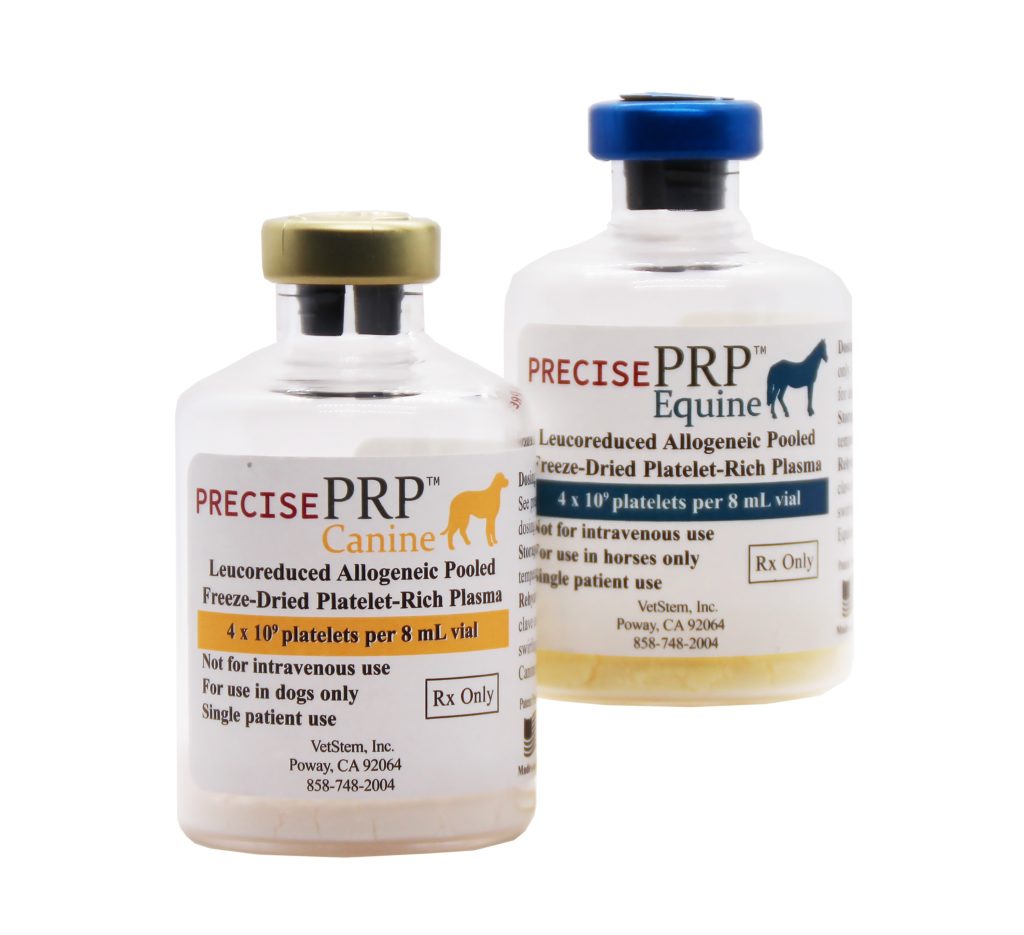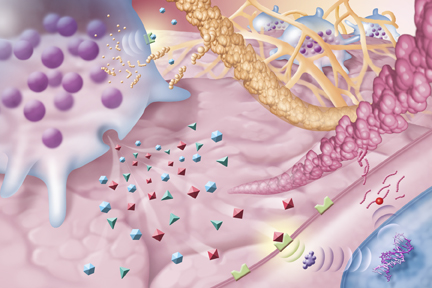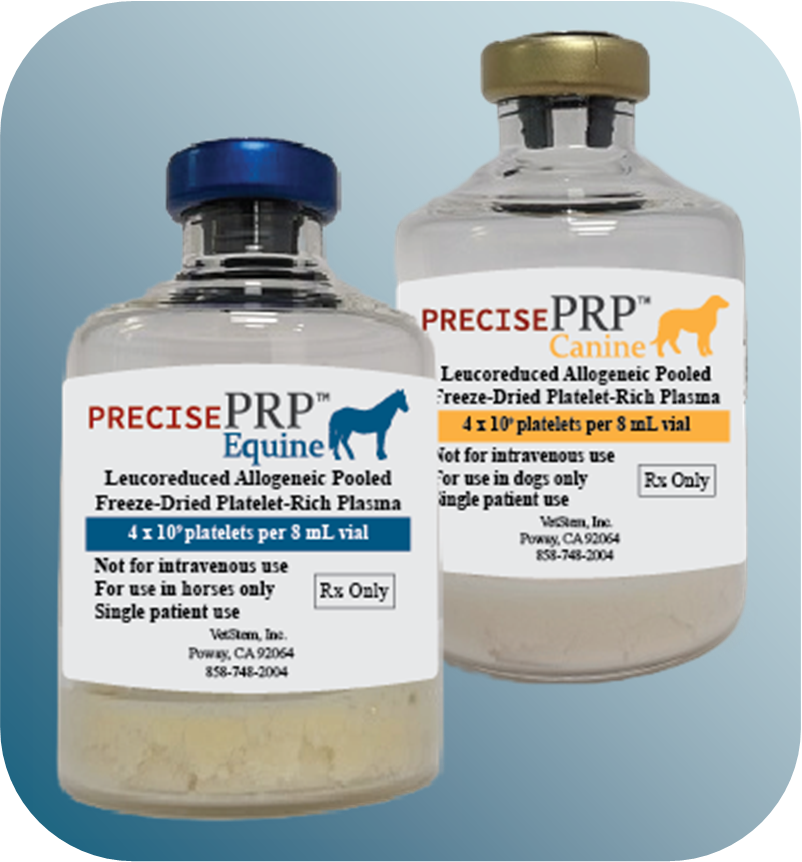PRP Q&A with Veterinary Surgeon Dr. Jeff Christiansen
VetStem recently launched two FDA-reviewed platelet-rich plasma (PRP) products: PrecisePRP™ Canine and PrecisePRP™ Equine. PrecisePRP™ is a freeze-dried off-the-shelf PRP unlike any platelet-rich plasma currently on the market. The primary benefits of PrecisePRP™ include ease of use and consistency. With PrecisePRP, you no longer have to draw blood and process it to obtain the PRP. You simply reconstitute and inject. Additionally, PrecisePRP™ provides a consistent dose of PRP so you know exactly what you’re injecting every single time.
After a few months on the market, numerous veterinarians have begun to routinely incorporate PrecisePRP™ into their practice. We recently spoke with board-certified veterinary surgeon and long-time regenerative medicine provider, Dr. Jeff Christiansen, to learn about his use of platelet-rich plasma and to hear his thoughts after using PrecisePRP™. Below, you will find a brief Q&A followed by a link to the video interview, which goes into more depth.
What are the most common injuries/conditions you treat with PRP?
I use PRP primarily in conjunction with surgeries and/or in combination with stem cell therapy. I most commonly use it for cruciate injuries, either with stem cell therapy and/or with surgery (TTA vs. extracapsular). I also use it with medial patellar luxation +/- stem cell therapy. I have used it in cases of hip dysplasia in combination with stem cell therapy. Other arthropathies I have used PRP for include elbow, shoulder, carpus and, less commonly, tarsus. I frequently use PRP with fracture repairs, with both long bone and joint fractures. I also use it for tendon/ligament injuries, such as common calcaneal/Achilles, collateral, etc. And lastly, any reconstructive surgery, tumor removal, resection of inflamed/infected tissue, etc.
What do you like most about PrecisePRP compared to previous PRP kits you have used?
PrecisePRP requires less work and time. Certainly, PrecisePRP does not require a clean blood draw, which is harder in some small patients, nor is there the risk of the sample clotting and wasting/losing a whole kit. When you take a centrifuge out of the equation, you don’t have to worry about matching/balancing/spinning or technical challenges with the filtration kits. PrecisePRP is also nice with a small or an anemic patient so you don’t have to take their blood.
How do you select patients for PRP?
I recommend PRP in all of the cases listed in #1. For ortho cases, a lot of owners find stem cell therapy cost prohibitive, but they want to do something to help accelerate healing and minimize arthritis, so they do PRP.
Click the image below to watch the full interview where Dr. Christiansen goes into depth about his use of PRP and why he likes PrecisePRP!






